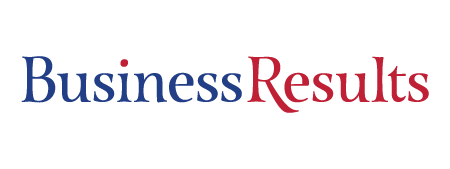28 Mar Change Initiatives Don’t Have to Fail – If You Know What to Do!
You’ve likely heard that most change initiatives fail. But we know that organizations need to change and evolve to survive and thrive in ever-changing business environments. What’s the problem then? Every person will adapt to change in different ways. People are creatures of habit. It’s little things that give someone comfort and security. Let’s not forget that once a habit is formed, it’s hard to break. Change then, is scary and a potential threat, especially if the old way worked well. The whole “If it ain’t broke, don’t fix what” vibe abounds for just this reason.
So, how can we as business leaders plan for a change initiative?
First, you have to understand the people in your organization. Every person sees change through their own experience and ability to adapt from being change agents all the way to change blockers with varying degrees in between.
What does each person in each department have in terms of knowledge, skills, abilities, behaviors, and learning abilities? Use this information to create a change plan that takes into account who needs to learn new skills. What does the change look like? What is the impact on their job (and paycheck)? Don’t forget the leadership team! They might say they want a change, but ultimately be the reason it doesn’t go forward.
Change doesn’t happen overnight, at least not easily. To avoid disruption, errors, and other issues, this assessment of your people lets you plan for change.
Once you know who you are working with, now you can work on blocking and tackling. You need representatives from all areas to help starting with leadership, HR, managers, and frontline employees. What resources are needed? Does management support this? Did the higher ups clearly communicate the outcome, the goal, the vision? People want to know their work has meaning and that the change isn’t just for change’s sake. What is the organization’s current culture and will the change also change the culture? Is that good or bad? Review how that strategic plan aligns with the workforce plan to reduce confusion and conflict.
The change should be time bound with milestones that allow the organization to track progress. It’s important to keep evaluating as you progress to make sure moves are successful, all changes are well executed, and all your people are embracing the new initiatives. It’s easier to correct an issue or pivot if needed as you go along than to get to the end and see the change fall apart. Be clear as to what you’re measuring and how it relates to the success of the initiative. Backup plans and alternatives are useful too.
And don’t forget to celebrate success! Make sure the people know how much you value their help getting to that outcome and genuinely take the time to express that gratitude.
Business Results helps you take the guesswork out of working with your people! Contact us today!


